The forecast for the next week is good, with dry weather and higher temperatures as a result of high pressure over Ireland.
While many farmers were looking for rain all summer, this dry week will actually be welcome as many farmers have banked on making a late third cut of silage towards the end of September.
Daylight hours are decreasing every day so it takes longer to dry grass out. There’s only around 11 hours of daylight now, while there is about 16 hours of daylight in early June. Allied to this, the sun’s rays are stronger in June so drying is better.
The conclusion I would draw from this is that it will take longer for grass to dry out now. Dry silage elevates sugar levels which makes for better preservation and quality.
Silage is probably a three-day event this week. Mow one day, leave it wilt for the next and then pick up on the third day.
Cutting with a mower conditioner will increase the wilt. Tedding out on the second day will increase the dry matter also. Tedding will be necessary if there is no conditioner on the mower.
Some farmers are asking about additives. In most cases, additives will make good silage better. They don’t make bad silage good.
Considering the forecast, additives should not be needed this week. If the week was going to be wet and silage had to be cut, additives like molasses might be an option.
Farmers that are short of winter feed and a considering buying concentrates should consider including straights such as soya hulls, beet pulp nuts or palm kernel in with the silage. This will reduce the need for feeding these separately next winter.
If including straights, you need to make sure you record the exact tonnages included and layer it well, so that the straights are included throughout the pit. I would be slow to include straights in with very wet silage so make sure the silage is dry before picking up.
If making round bale silage, it might be worthwhile increasing the amount of plastic on the bale as soggy bales are harder to seal as they put more strain on the plastic.
How much?
The question some farmers are asking is how much silage to cut. The target average farm cover now is 1,200kg/ha. If average farm cover is higher than that, you need to tinker with the wedge to see what it would be like if a paddock was taken out for bales. If you change a cover to zero (as it will be cut straight away) you will see what the average farm cover would be if it is cut.
If the cover after cutting is still around 1,200kg, then I would go ahead and cut. If it is substantially lower, I would hold off on cutting it or cut a smaller or a lighter paddock instead.



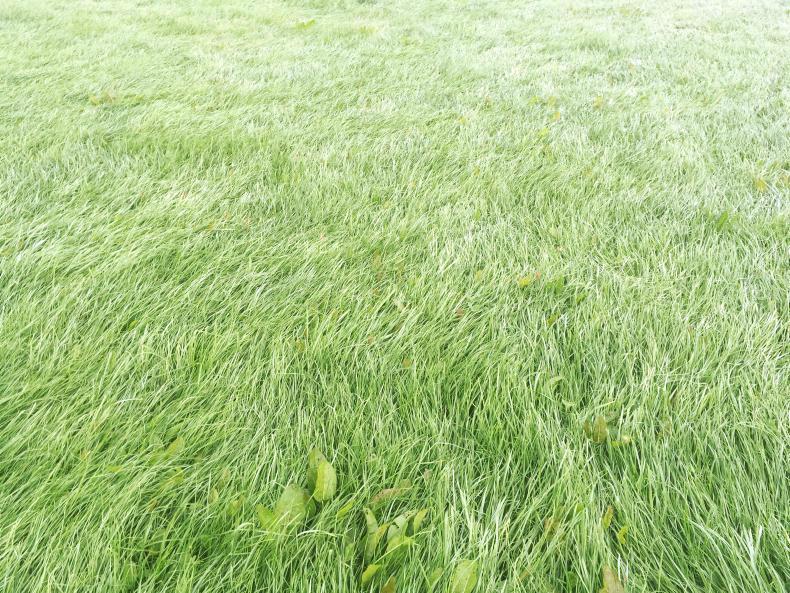
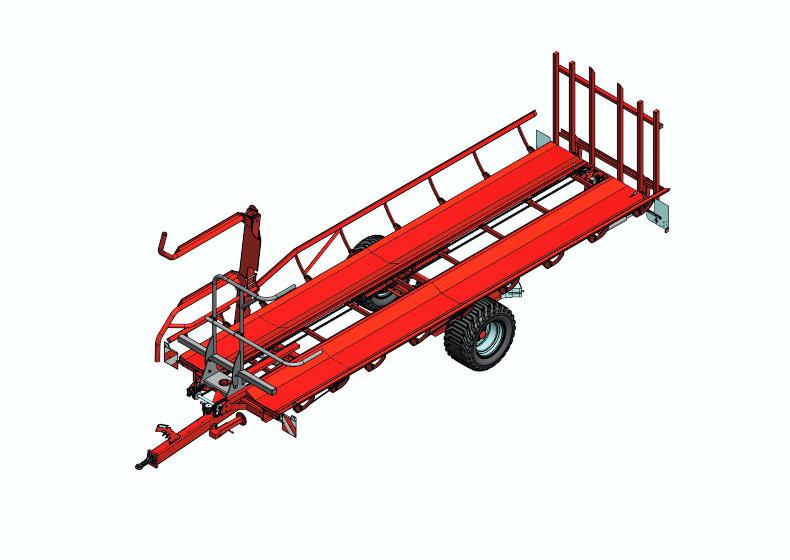

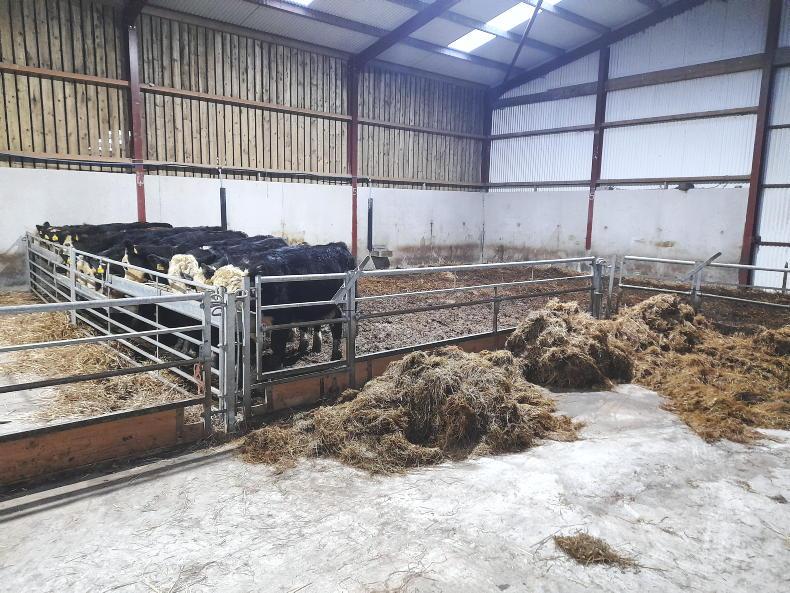
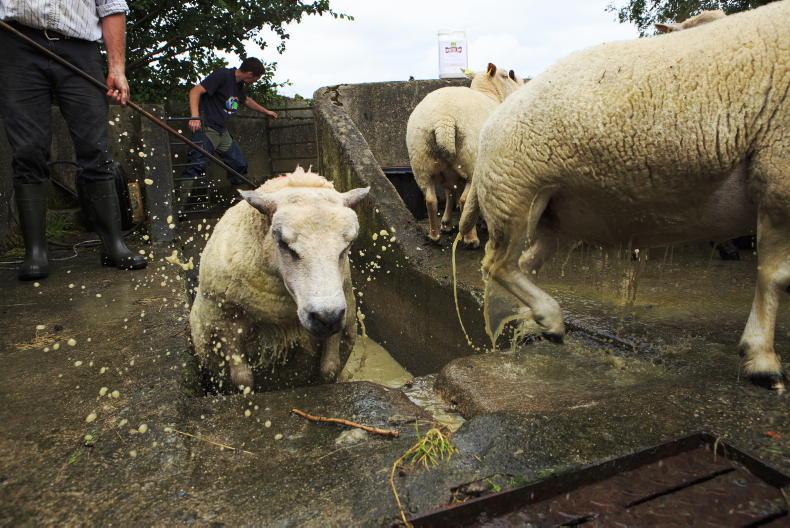
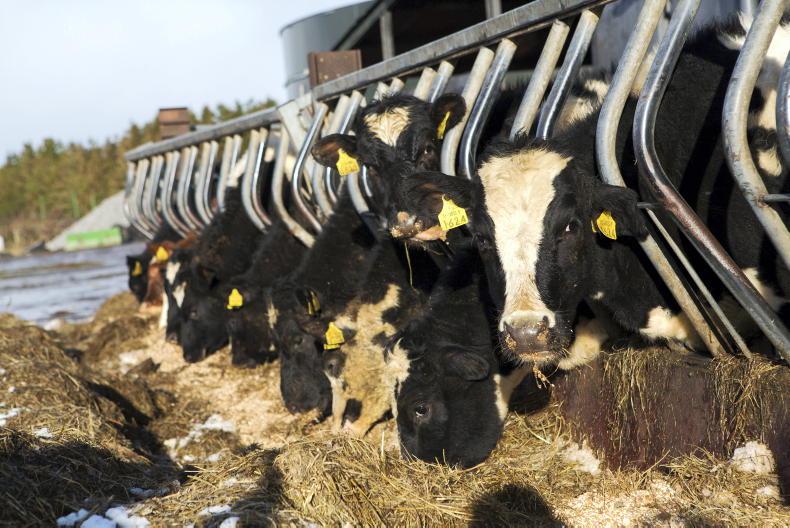
SHARING OPTIONS